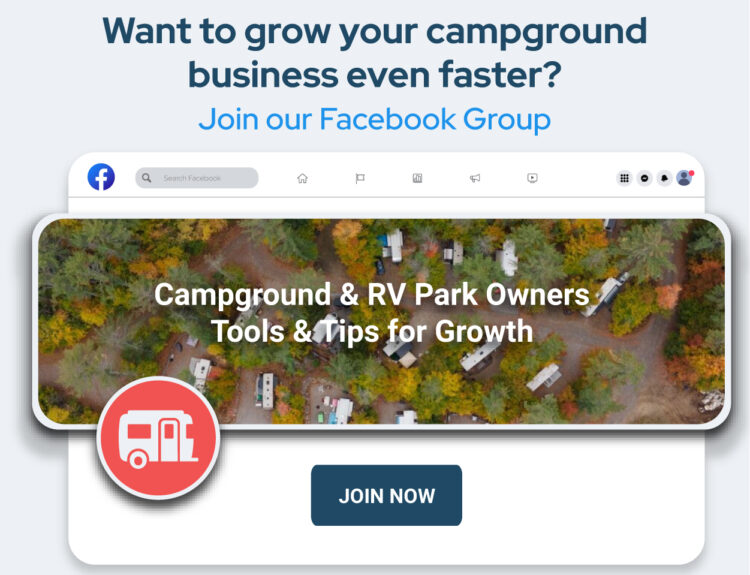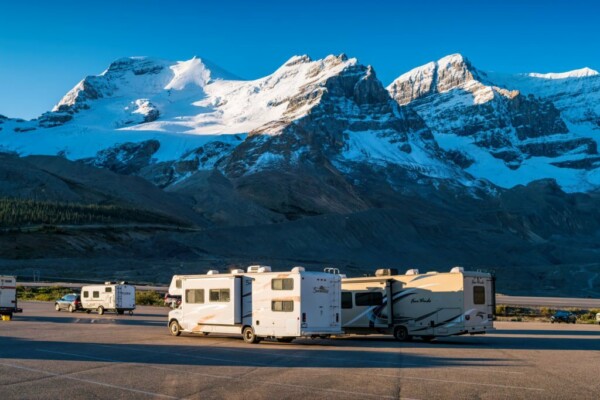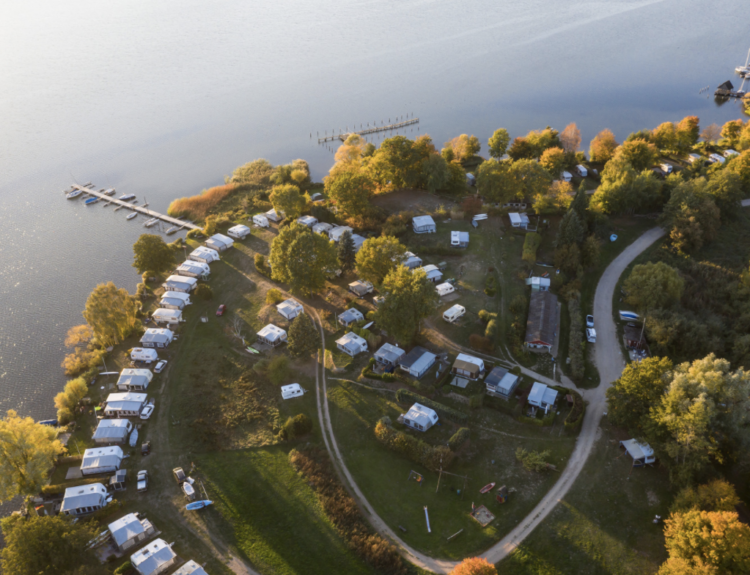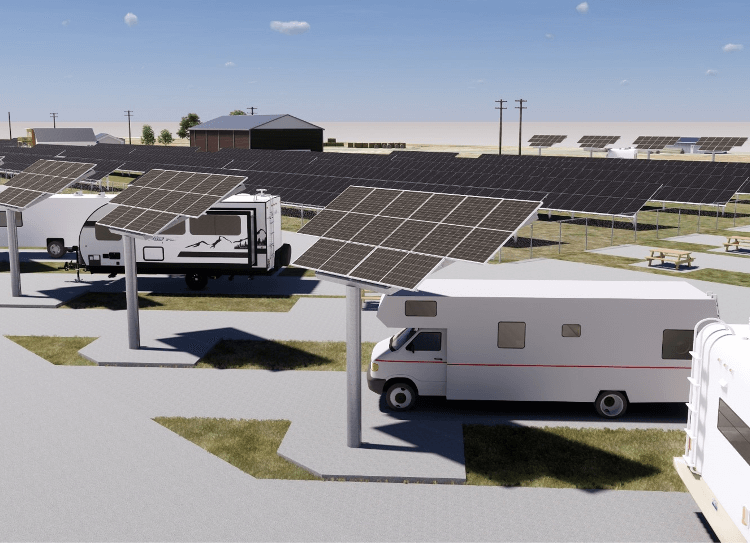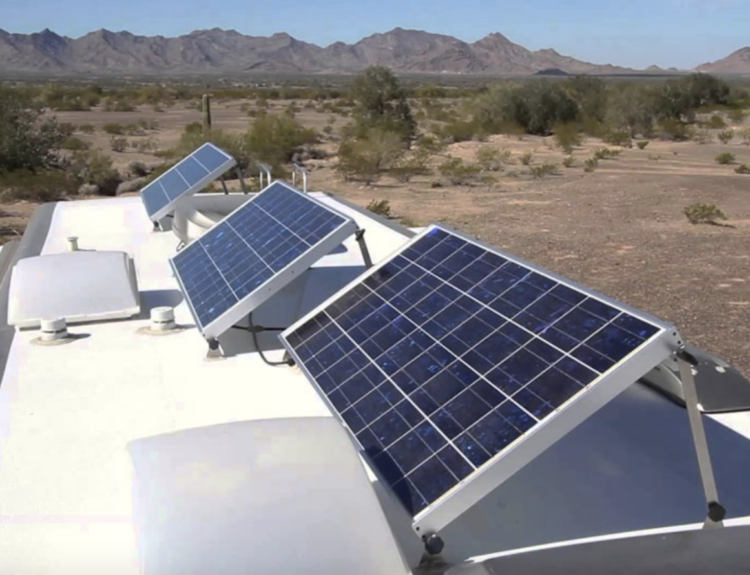Much more than just a collection of scenic spots, the RV park industry is a thriving market that’s drawing interest from business-minded individuals across North America. But how big is the campground industry? This is essential knowledge for RV park entrepreneurs looking to enter or expand within this lucrative sector.
From serene wilderness sites to upscale RV parks, the campground industry has shown remarkable growth over the years. With the rise in eco-tourism and an increasing desire for outdoor experiences, this trend shows no signs of slowing down. As an entrepreneur, understanding the scale, dynamics, and opportunities in this field can be the key to your success.
Overview of the Campground Industry in North America
The campground industry in North America is as diverse as the continent’s stunning landscapes. Spanning the bustling urban RV parks to the tranquil wilderness campgrounds, this industry has something for every traveler and entrepreneur.
The industry’s roots trace back to the early 20th century, with steady growth fueled by the rise in automobile tourism. Over the past few decades, the growth has been exponential, driven by an increasing interest in outdoor activities and the accessibility of RVs.
The industry has seen consistent growth every year since 2009, with a huge spike in Gen-Z and millennial RV owners. In 2022, market size exceeded 7 billion dollars. The expansion of RV parks has played a significant role, tapping into a demographic seeking both adventure and comfort.
From young families to retired couples, the target demographics for campgrounds and RV parks are vast and varied. This diversity in clientele offers myriad opportunities for entrepreneurs to cater to different tastes and preferences.
4 Key Drivers and Trends in the Campground Industry

Understanding what fuels the growth and shapes the direction of the campground industry is vital for entrepreneurs. Here’s a look at some of the key drivers and trends that are influencing this dynamic industry.
1. Technological Advancements
In an age where everything is just a click away, the campground industry is no exception. Online booking systems, virtual tours, and mobile apps enhance user experience and streamline operations. The integration of technology has not only modernized the way campgrounds and RV parks operate but has also opened doors to a wider audience.
If you are looking to improve your RV park’s website, Roverpass Premium Website Builder is a solution we designed to help RV parks take their marketing strategy to the next level. Our expert writers, designers, and developers will help you create a website that showcases your park’s uniqueness.
You can also improve your management capabilities with a premium website by integrating your website with our campground reservation software, which will help you manage your availability, rates, and reservations with ease and convenience. You can also accept online payments, send automated confirmations and reminders, and sync your calendar with other platforms.
2. Sustainability and Environmental Concerns
As global awareness of environmental sustainability grows, so does the demand for eco-friendly travel options. Campgrounds that prioritize green practices and conservation are attracting environmentally conscious travelers. From waste management to energy efficiency, embracing sustainability can differentiate your business in a competitive market.
3. Economic Factors
The economy plays a significant role in shaping the campground industry. Economic upswings often lead to increased travel and spending, while downturns can reduce disposable income for vacations. Additionally, the rise of budget-conscious travelers seeking affordable yet enriching experiences is driving growth in camping and RV travel.
Want to Grow Your Campground Business?
Book a FREE, personalized demo to learn about how RoverPass will save you time and help you earn more revenue
4. Changing Consumer Preferences
Today’s travelers seek unique, authentic experiences, and the campground industry is ideally positioned to deliver. The desire for outdoor adventures, family bonding, and off-the-grid escapes has fueled interest in various camping options. Tailored experiences, themed campgrounds, and an emphasis on local culture are trends resonating with modern consumers.
Challenges and Opportunities
Every industry comes with its unique set of challenges and opportunities, and the campground industry is no exception. While the market offers substantial potential for growth, understanding the hurdles and leveraging opportunities is key to success for RV park entrepreneurs.
Regulatory Environment
Navigating the complex web of local, state, and federal regulations can be a significant challenge. Compliance with zoning laws and environmental regulations requires careful attention and can impact everything from site selection to daily operations.
Increased Competition
The proliferation of campgrounds and RV parks means heightened competition. Differentiating your offering in a crowded marketplace requires creativity, strategic marketing, and a focus on unique selling points. Market research and a well-defined target audience can guide your approach in standing out.
Potential for Growth
On the flip side, the campground industry is ripe with opportunities for growth and innovation. Emerging markets, such as luxury camping or “glamping,” and themed experiences provide avenues to attract new demographics. Keeping an eye on trends and adapting to consumer preferences can unlock untapped potential.
Seasonality
The seasonal nature of camping can present challenges in maintaining a consistent revenue stream. Weather conditions further complicate this aspect, potentially affecting bookings and visitor satisfaction. Developing off-season attractions or diversifying income streams can mitigate these challenges.
Accessibility and Infrastructure
Ensuring proper accessibility and infrastructure can be both a challenge and an opportunity. Investing in well-maintained facilities, roads, and amenities can enhance visitor experience and promote return visits, while neglect in these areas can deter potential customers.
The challenges and opportunities within the campground industry are intertwined. By recognizing and strategically addressing the challenges, RV park entrepreneurs can leverage the inherent opportunities in this dynamic market. From regulatory navigation to capitalizing on growth areas, a well-rounded perspective will pave the way for success.
How Big is the Campground Industry?
From its historical growth to current trends and future possibilities, the industry offers rich opportunities for those willing to navigate its unique challenges.
Technology, sustainability, and consumer preferences are shaping the industry, creating avenues for innovation and differentiation. While the regulatory environment, competition, and seasonality present challenges, they also pave the way for growth and success for those who approach them strategically.
Keep reading our blog for more insights into how to thrive in the growing campground industry!


